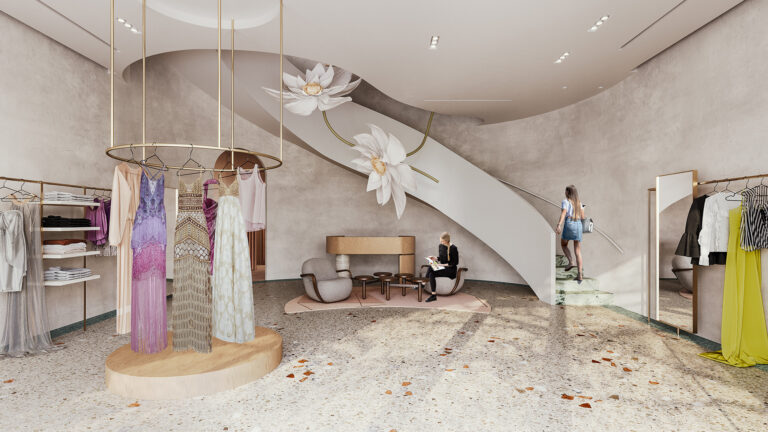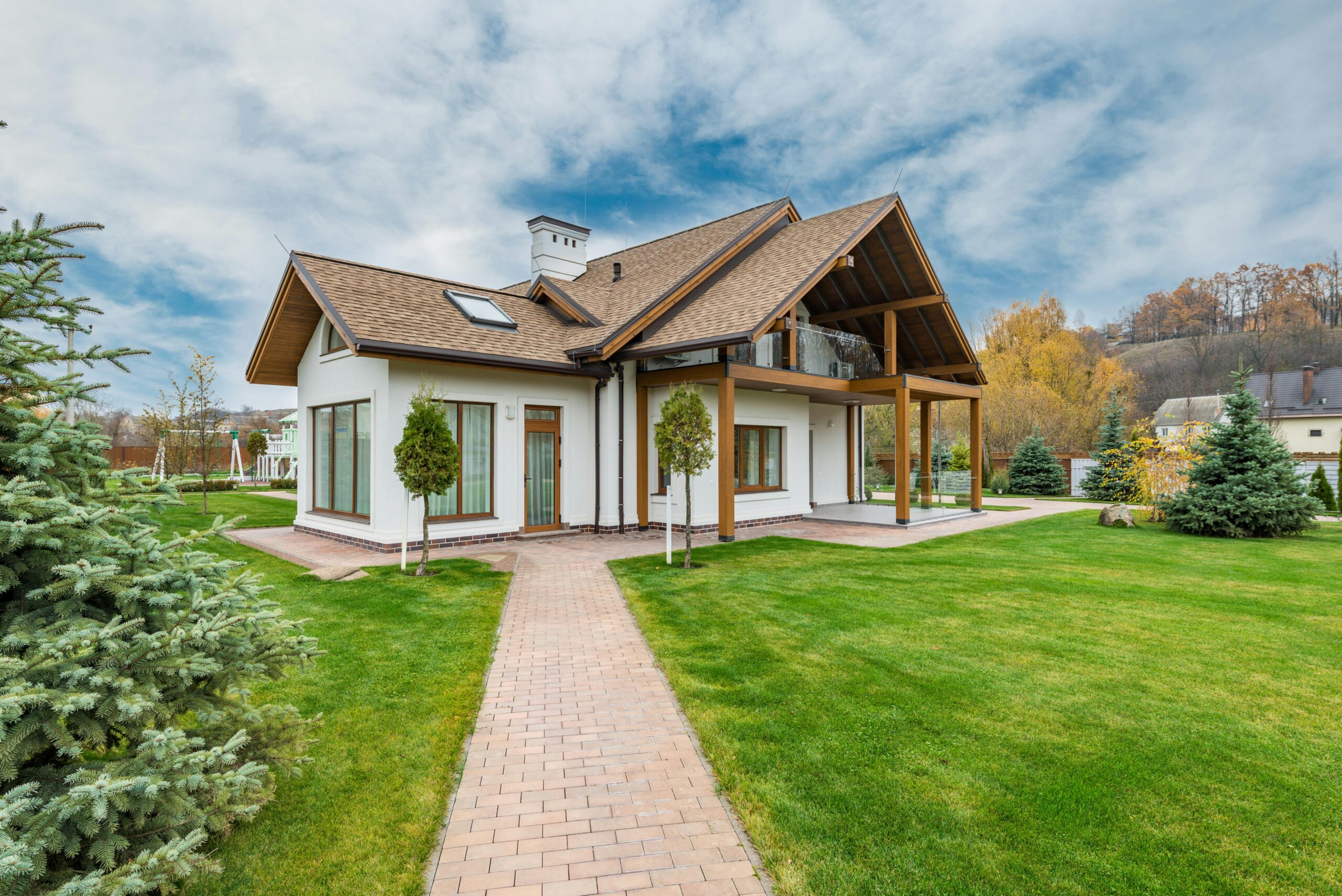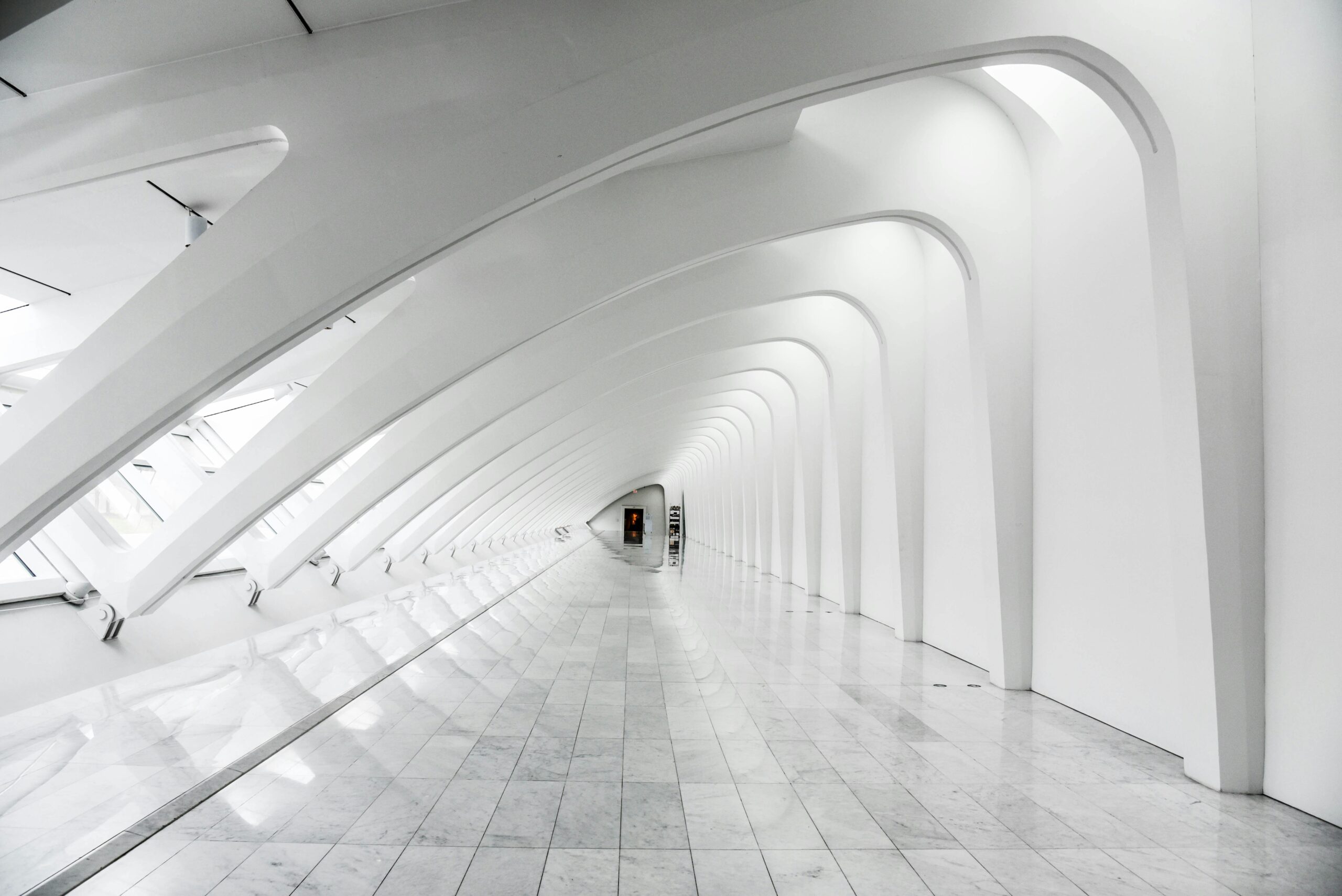When creating interior renderings, a critical question often arises: should you add people to the scene? While the decision ultimately hinges on specific goals and audience considerations, there are distinct advantages and drawbacks to consider.
As we have worked in 3D visuals business from 2011, we would like to stress that we added people only in probably 15 percent as it is not a very popular option, but there are pros and cons to consider to make the best decision for your own real estate projects, let us dive in.
The Pros of Adding People in 3D interior rendering:
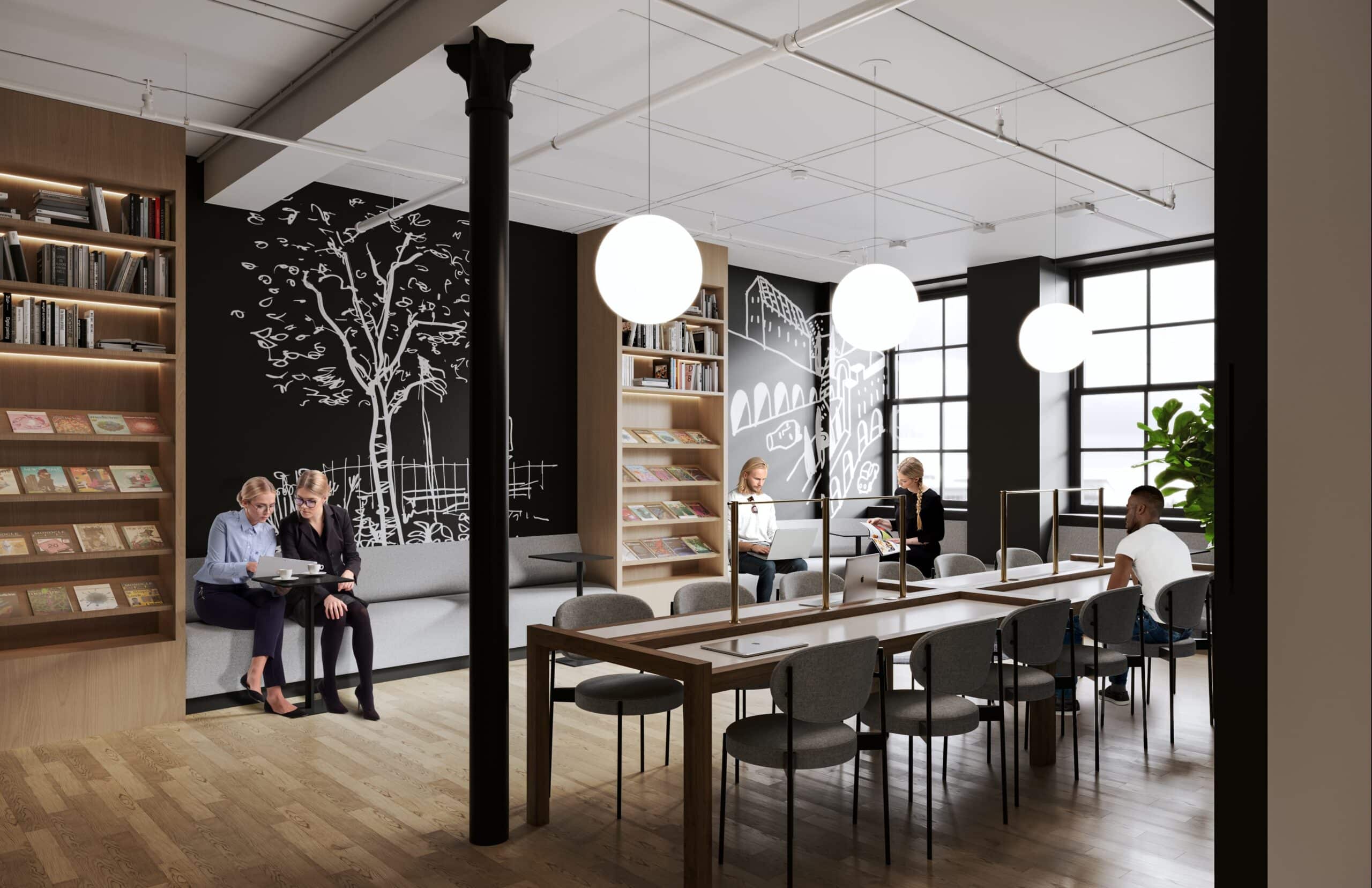
- Scale and Perspective Enhancement: One of the most significant advantages of including people in your 3D interior rendering is the provision of a valuable sense of scale and perspective. When human figures are strategically placed within the space, viewers can better gauge the size and proportion of the room. This makes it significantly easier for them to grasp the practicality of the design. The presence of people within a room can create a visual reference point that aids in the understanding of spatial relationships and proportions.
- Lifestyle Representation: People in the rendering have the power to portray a certain lifestyle or activity. This enhances the viewer’s emotional connection with the space, making it easier for them to envision themselves enjoying and utilizing the area. For instance, a 3D rendering that features a family dining together or friends lounging in a living room can convey the intended atmosphere and functionality of the design. This storytelling aspect can be particularly appealing for clients seeking designs that cater to their specific lifestyle and preferences.
- Realism and Relatability: The inclusion of human figures in a rendering infuses a sense of realism into the scene, making it more relatable to the viewer. People can help breathe life into a space, allowing clients to better visualize themselves in the environment. This relatability is particularly valuable in marketing materials, where the goal is to sell a lifestyle or experience along with the physical space.
- Marketing and Sales Boost: For commercial or real estate projects, 3D renderings featuring people can provide a significant boost to marketing and sales efforts. They offer prospective buyers or tenants a vivid understanding of the functionality, ambiance, and potential uses of the space. This level of detail can greatly impact decision-making and expedite the sales process.
The Cons of Adding People in 3D interior rendering:
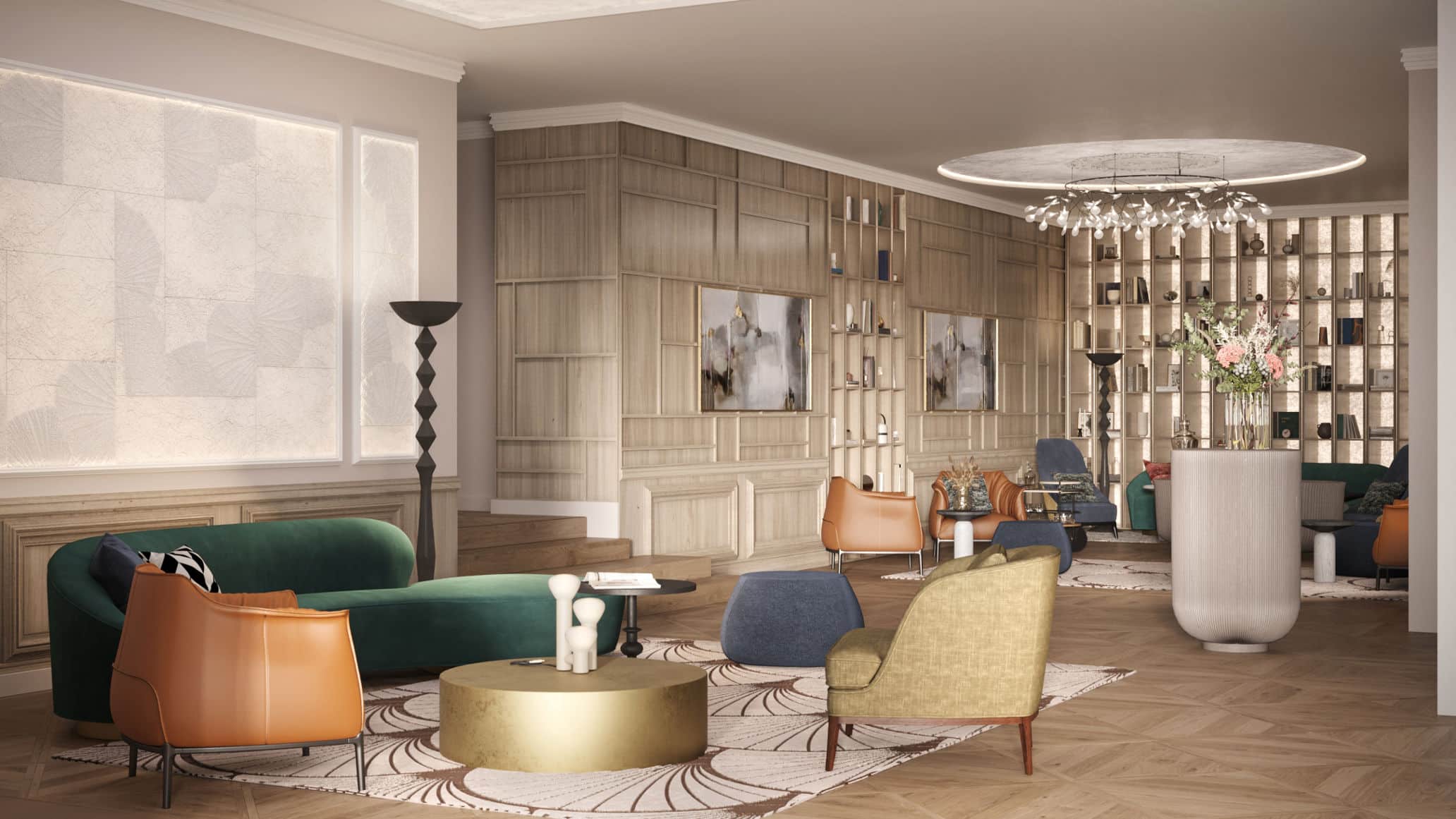
- Subjectivity in Interpretation: The presence of people in a 3D rendering can introduce subjectivity into the interpretation of the design. What one person finds relatable or appealing, another may not. This subjectivity can complicate the decision-making process, as it may lead to differing opinions on the overall effectiveness of the design. This is a very crucial point, because for some people simply a ‘happy family’ can mean a full family with grandparents and a dog or cat, but for others it can mean a young family with one child or complety other set up. If we are talking about commercial spaces that can vary even greater: people have different understanding of business people, shopping assistants and so on. You can easily make 3D visuals very unrelatable for big grous of people.
- Dated Aesthetics: The inclusion of human figures can sometimes result in a rendering with a dated look. The clothing, hairstyles, and accessories of the people depicted may quickly become obsolete, which can affect the rendering’s longevity and relevance. To maintain a timeless quality, renderings without people can be preferred. As for the point above, people may like completely different styles of fashion and even though vintage clothes are now on the rise (in 2023), some people can find it hideous.
- Focus Distraction: Depending on the placement and detail of the human figures, they can potentially draw attention away from the design elements, fixtures, or furnishings you intend to showcase. Viewers may become more focused on the people in the rendering rather than appreciating the design itself, which can hinder the communication of your design’s strengths.
- Privacy Concerns: For residential or certain commercial projects, clients may have genuine privacy concerns about using renderings featuring people. They may prefer not to have their personal or professional spaces represented in a publicly accessible format, for fear of privacy invasion or potential security risks.
Striking a Balance: The Middle Ground
In the world of 3D interior rendering, finding a middle ground is often the most appealing option. This approach involves offering both renderings with and without people. By providing this choice, clients and viewers can select the version that best aligns with their specific needs and preferences. This flexibility ensures that the client’s vision is met while catering to the varied expectations and interpretations of the design.
Depending on your project you can choose what render to show to whom. If you know that your clients is a young family and is looking for a new appartment, why not to show them a 3D rendering with a family portrayed in it? This can increase your sales chances by a big margin.
Conclusion: Balancing the Scales
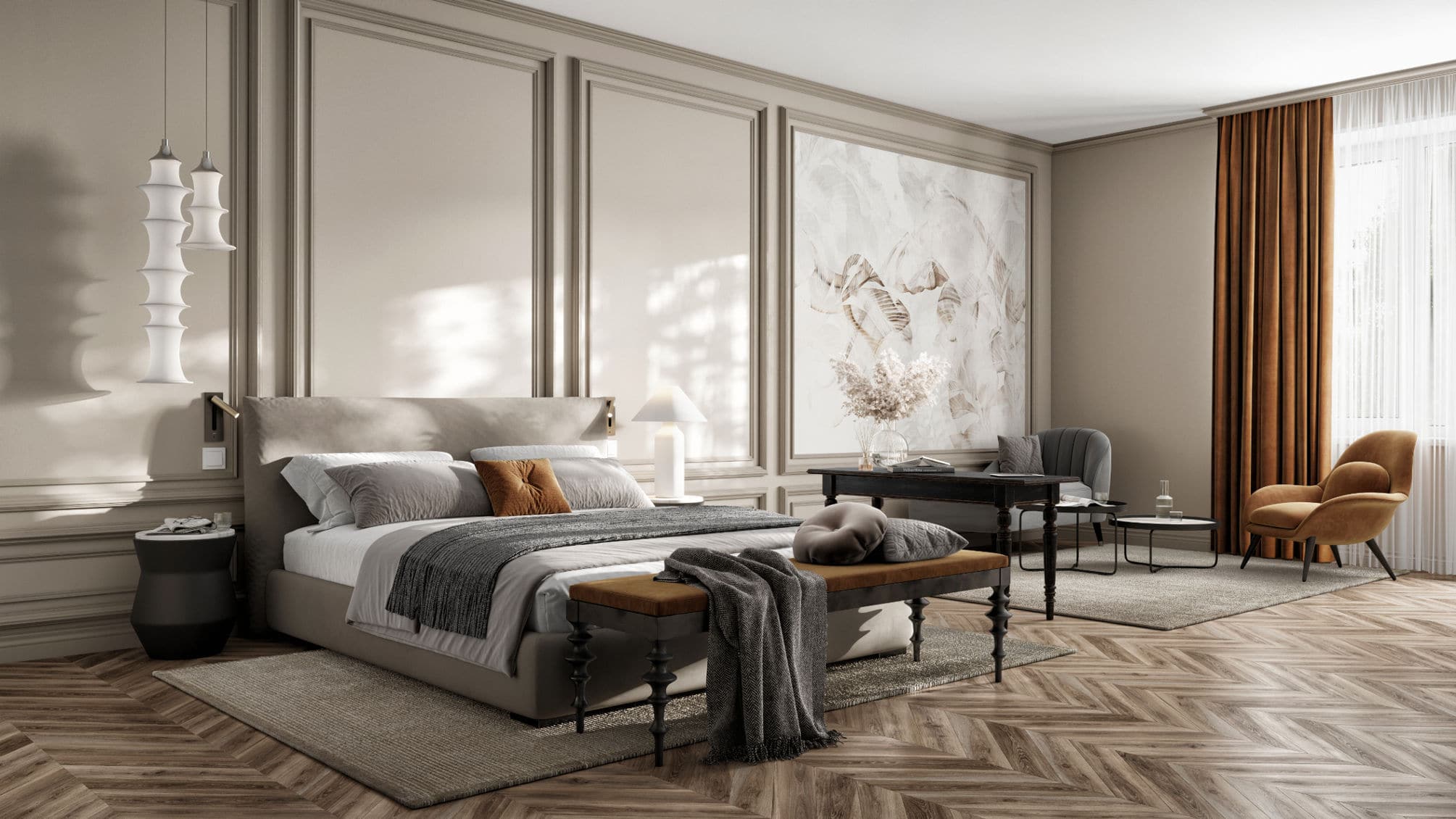
The decision of whether to include people in 3D interior renderings should be a strategic one, based on the specific project, its goals, and the target audience. Each choice, whether to include or exclude people, comes with its unique set of advantages and challenges.
Including people can bring many advantages, such as enhanced scale and perspective representation, emotional appeal, and heightened realism. However, it’s essential to be mindful of potential drawbacks, such as subjectivity, distractions, and privacy concerns. Ultimately, the choice should revolve around striking the right balance that effectively communicates the design’s purpose and vision while catering to the preferences and expectations of the clients and viewers.
By considering the pros and cons, designers and clients can make informed decisions that align with their objectives, resulting in interior renderings that not only captivate the eye but also fulfill their intended purpose. In the end, it’s the blend of creativity, technology, and client input that will shape the future of 3D interior renderings and their use of the human element.


